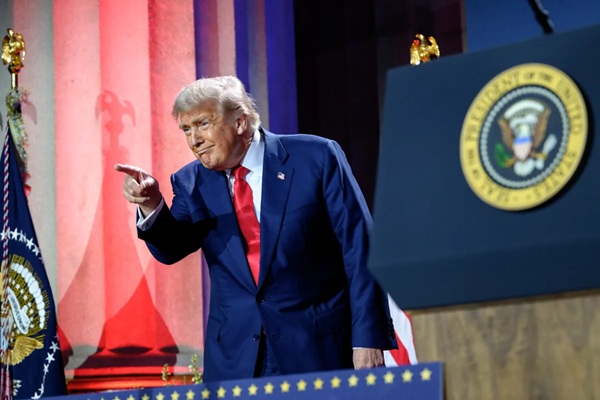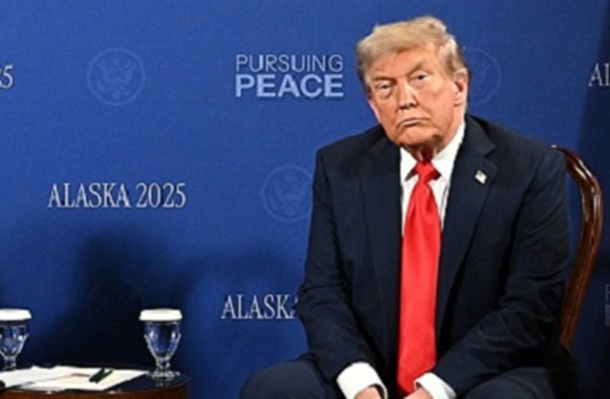.png)
Gloves Off: Trump Hits China with 100% Extra Tariff in Chip-vs-Rare-Earth Showdown
As the US hits China with 100% tariffs, Beijing retaliates with rare earth curbs. India must read the fine print—no US deal is ever final in a world of shifting power.


By Ajay Srivastava
Ajay Srivastava, founder of Global Trade Research Initiative, is an ex-Indian Trade Service officer with expertise in WTO and FTA negotiations.
October 11, 2025 at 5:34 AM IST
The United States has announced an additional 100% tariff on Chinese goods starting November 1, 2025, raising the overall tariff rate on Chinese imports to roughly 130%.
The announcement, made by President Donald Trump on October 10, 2025, via a Truth Social post, marks the sharpest escalation in US–China trade tensions since the original tariff war began in 2018.
The move came directly in response to Beijing’s October 9, 2025, decision to impose sweeping new controls on rare earth exports, which are indispensable for US defence, electric vehicles, and clean-energy industries.
Beijing’s Ministry of Commerce Notice No. 61 (2025), issued just a day earlier, introduces China’s own version of the “foreign direct product rule”—a tool Washington used to block Chinese access to advanced semiconductors. Under the new Chinese rule, any product containing more than 0.1% China-origin rare earths or produced using Chinese refining or magnet-making technology will require Beijing’s export approval. With control over 70% of global rare-earth refining capacity, China has effectively weaponized its dominance over minerals that underpin everything from F-35 fighter jets to EV motors and wind turbines.
The United States, for its part, has long relied on similar economic coercion. Since 2018, Washington has tightened export controls to deny China access to high-end chips, lithography tools, and AI software. The most restrictive measures came in October 2022 and December 2024, when the US extended these curbs globally to cover even non-US products containing American technology. Washington also forced Japan, the Netherlands, and South Korea to impose matching restrictions—cutting China off from the world’s most advanced semiconductor supply chains. China’s new rare earth rule flips this logic: if you restrict our chips, we can restrict your magnets.
The impact will be felt quickly. Prices of EVs, wind turbines, and semiconductor parts are expected to rise, while the US will try to “friend-shore” its mineral supply chains to Australia, Vietnam, and Canada. China, meanwhile, is likely to redirect supplies toward its non-Western partners to strengthen alternative industrial networks.
Given the strategic importance of rare earths to US industry, Washington may soon have little choice but to reach a new deal with Beijing. Unlike the US, which often acts before weighing economic consequences, China appears more deliberate and better prepared.
America still depends heavily on China for electronics, textiles, footwear, white goods, and solar panels, leaving it exposed to retaliation. As prices surge once the new tariffs take effect, President Trump could struggle to contain inflation and production costs. His tough-on-China strategy risks backfiring—hurting US consumers and undermining his broader economic agenda.
For India, the message is clear: no deal with the US is ever final. The much-publicised US–China “Phase One” trade deal of 2025, which capped US tariffs at 30% and China’s at 10%, has already been overtaken by the new 100% duty order. India must negotiate carefully and on equal terms, ensuring reciprocity and preserving strategic autonomy.
Rather than relying on shifting US promises, New Delhi should focus on building self-reliance in critical technologies and minerals, insulating its economy from future trade shocks while leveraging its neutral position to strengthen ties with both Western and BRICS economies.



